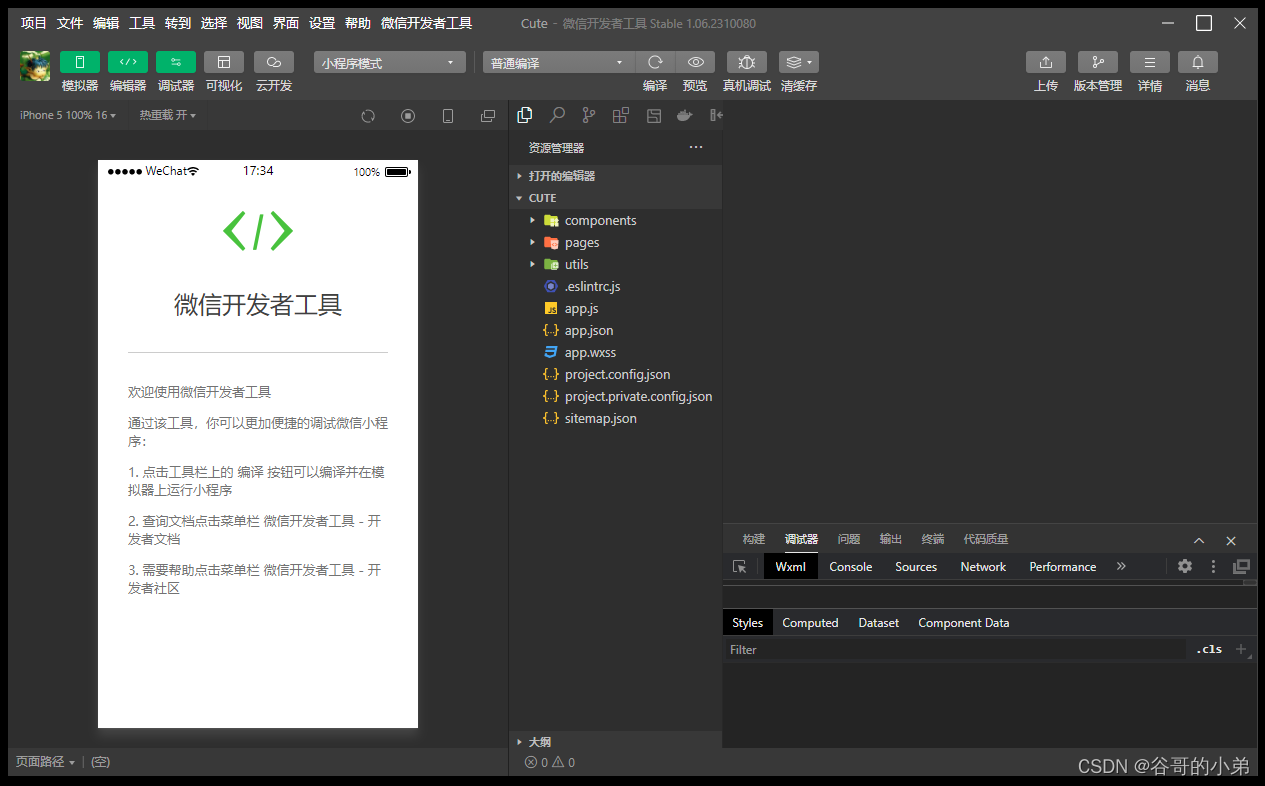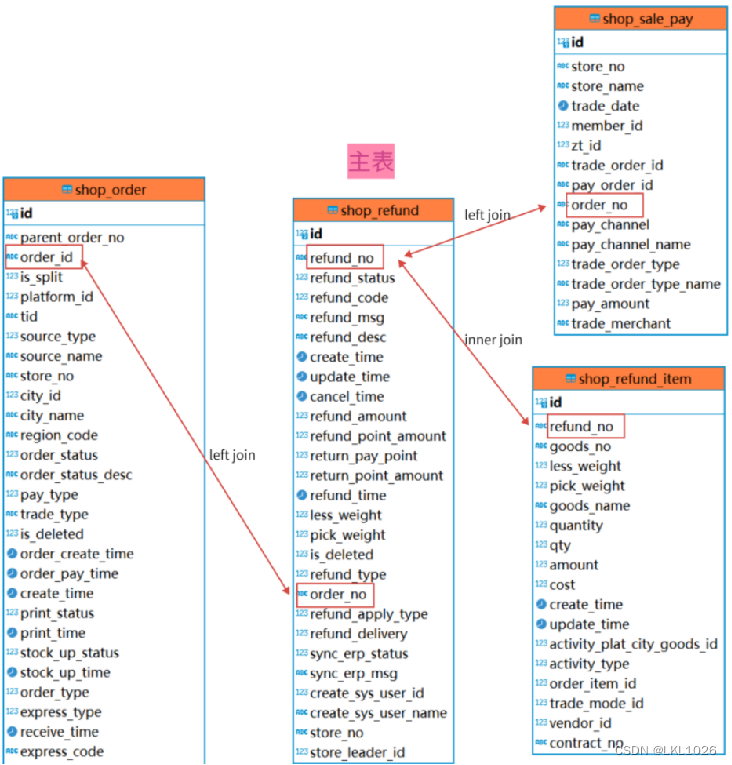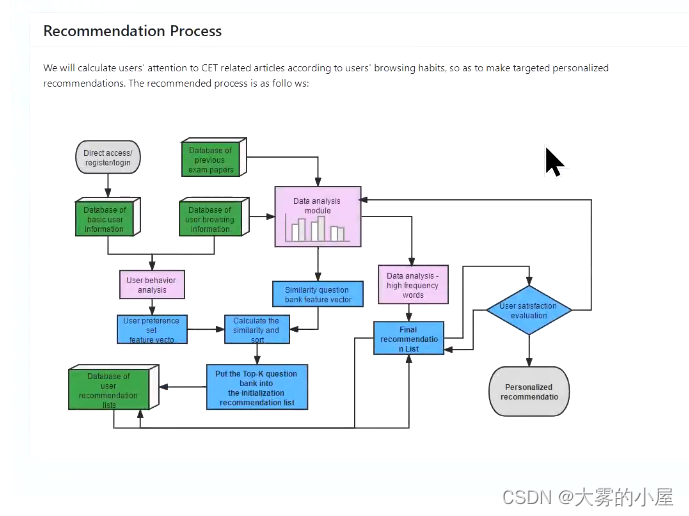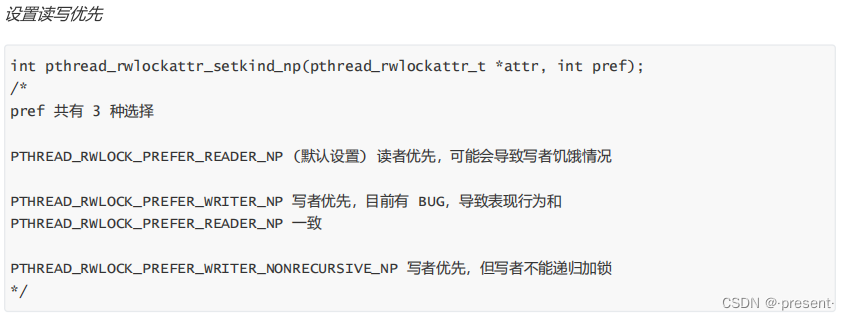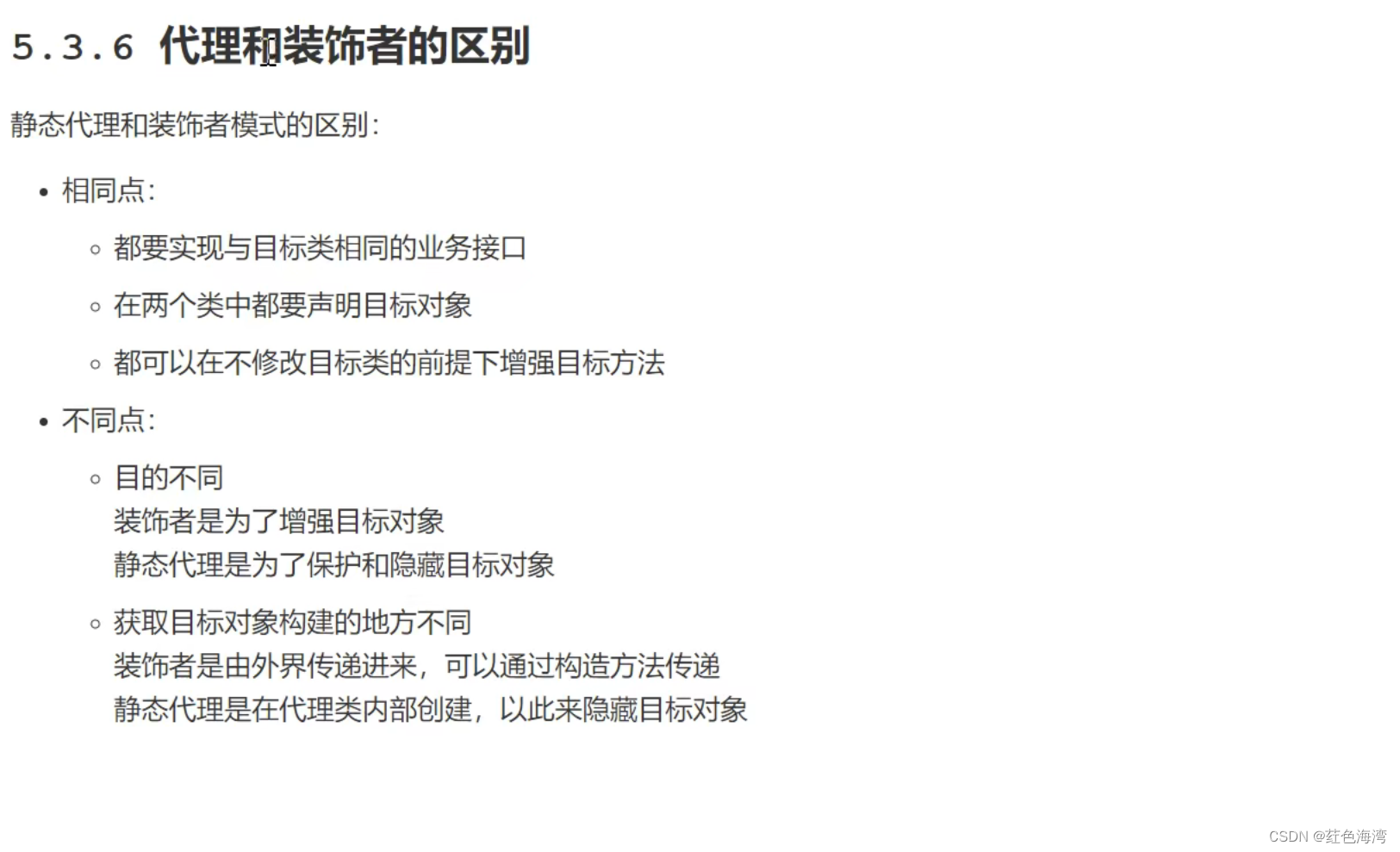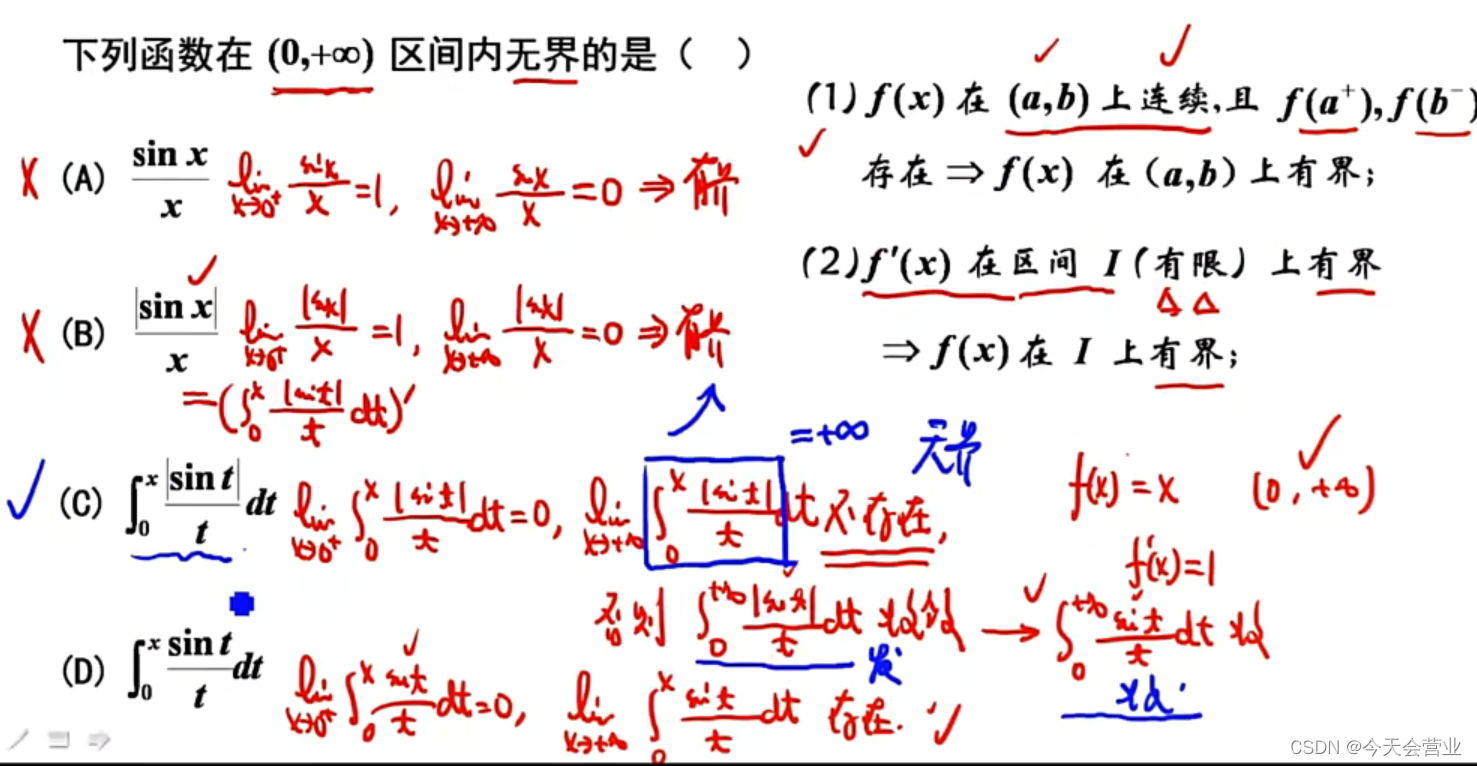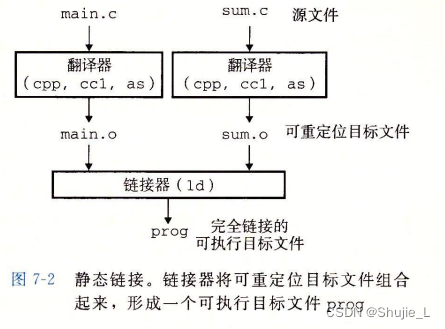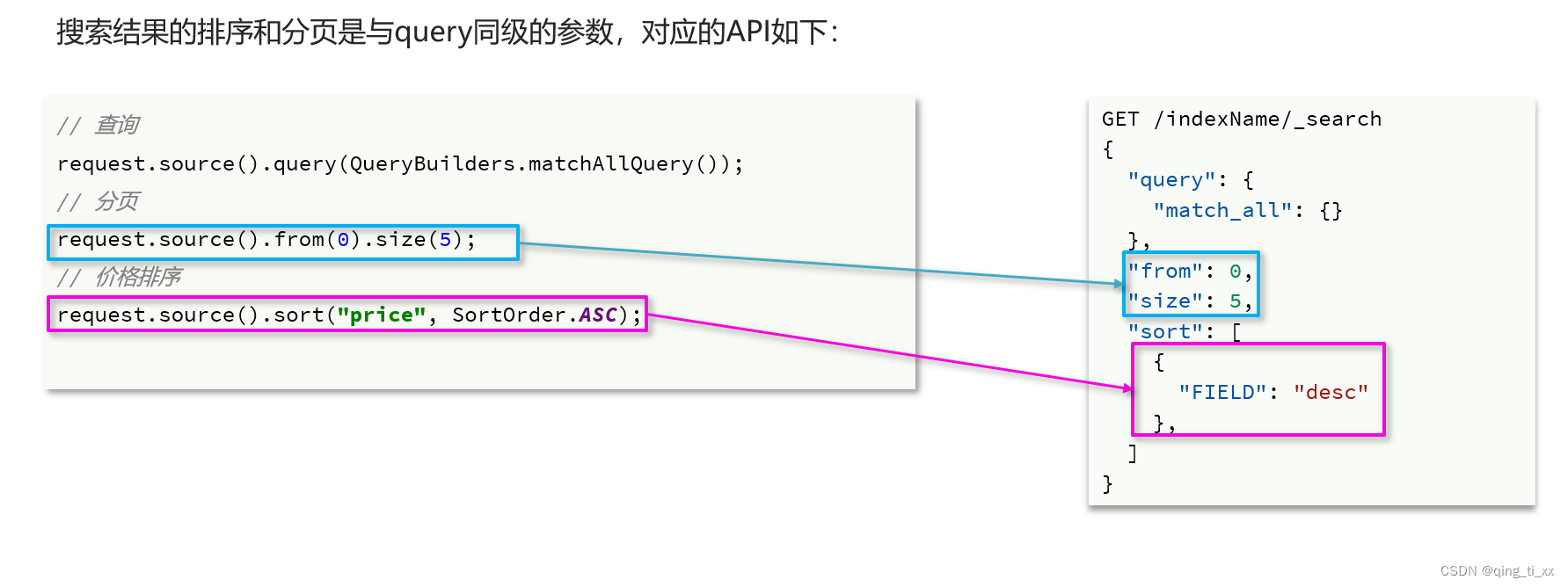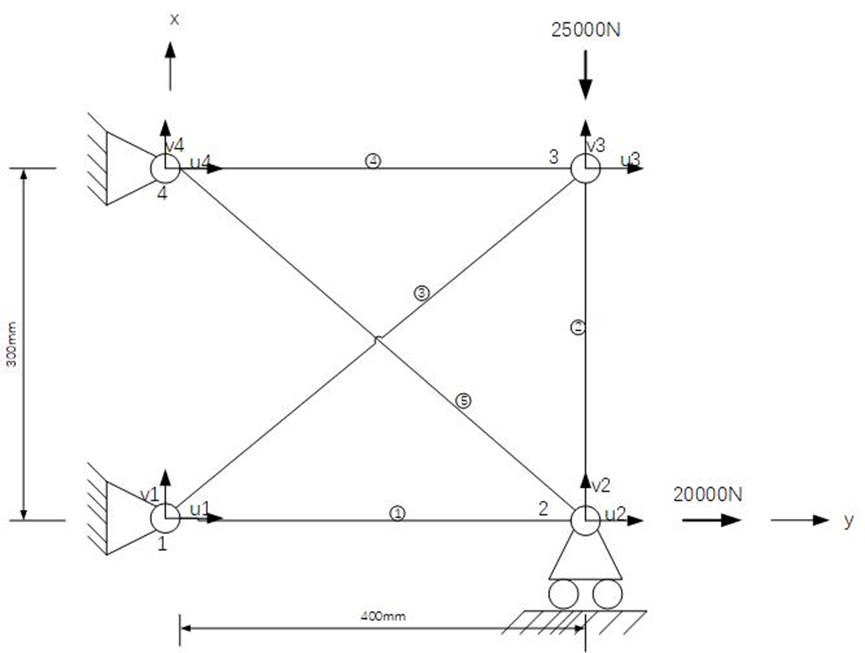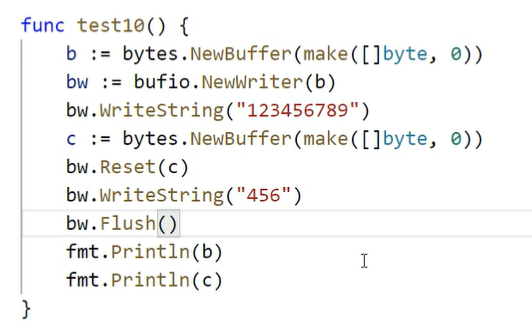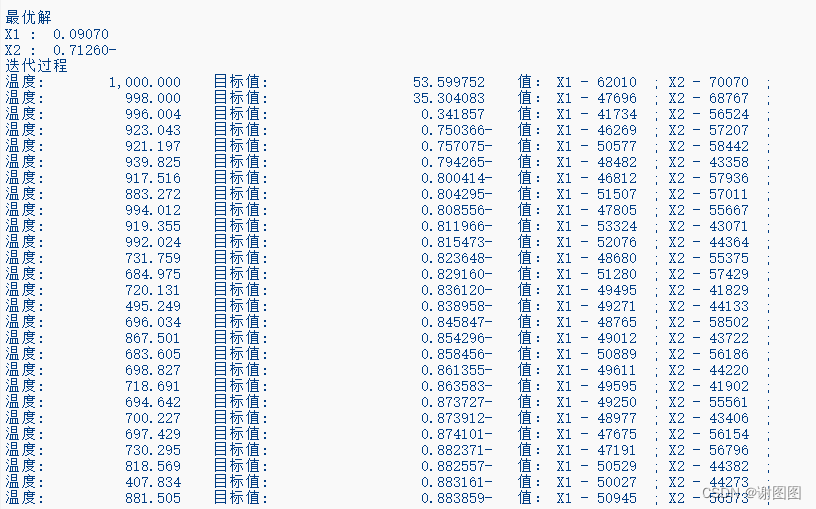ZKP学习笔记
ZK-Learning MOOC课程笔记
Lecture 15: Secure ZK Circuits via Formal Methods (Guest Lecturer: Yu Feng (UCSB & Veridise))
15.2 Formal Methods in ZK (Part I)
-
Circuits Workflow

- Source Code: Witness Generation and Constraints
- Witness Generation and Constraints should (generally) be equivalent!
-
What is Equivalence

- Every input-output of P must satisfy C
- Every (x,y) which satisfies C must be an input-out pair of P
-
Equivalence Violations

- Underconstrained Bugs: Verifier can accept bad inputs/ outputs
-
A Taxonomy of ZK Bugs

-
Unconstrained Signals
-
Corresponds to signals whose constraints always evaluate to true, accepting everything
-
Example: Underconstrained Output

- Error: for (var i = 0; i< n, i++)
- No constrains over the last element of output
- Attacker can pass in any value for out 2
-
-
Unsafe Component Usage
-
Sub-circuits often assume constraints are placed on inputs and outputs
-
Corresponds to cases where the use of a sub-circuit does not follow
-
Example: Under-Constrained Sub-Circuit Output

- Missing constraint lt.out === 0
- Without the missing constraint, attackers can withdraw more funds than they have
-
-
Constraint/Computation Discrepancy
-
Not all computation can be directly expressed as a constraint
-
Corresponds to constraints that do not capture a computation’s semantics
-
Example: No Zero Inverse

- Accepts arbitrary out when a and b are 0!
-
-
Circuit Dependence Graphs (CDG)
-
Goal: Identify discrepancies between computation and constraints
-
Data dependence <–
-
Constrain ===

-
CDG Example

-

- Vanguard Framework

